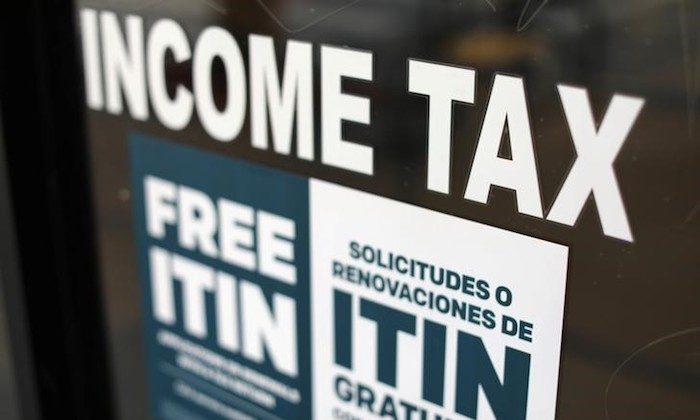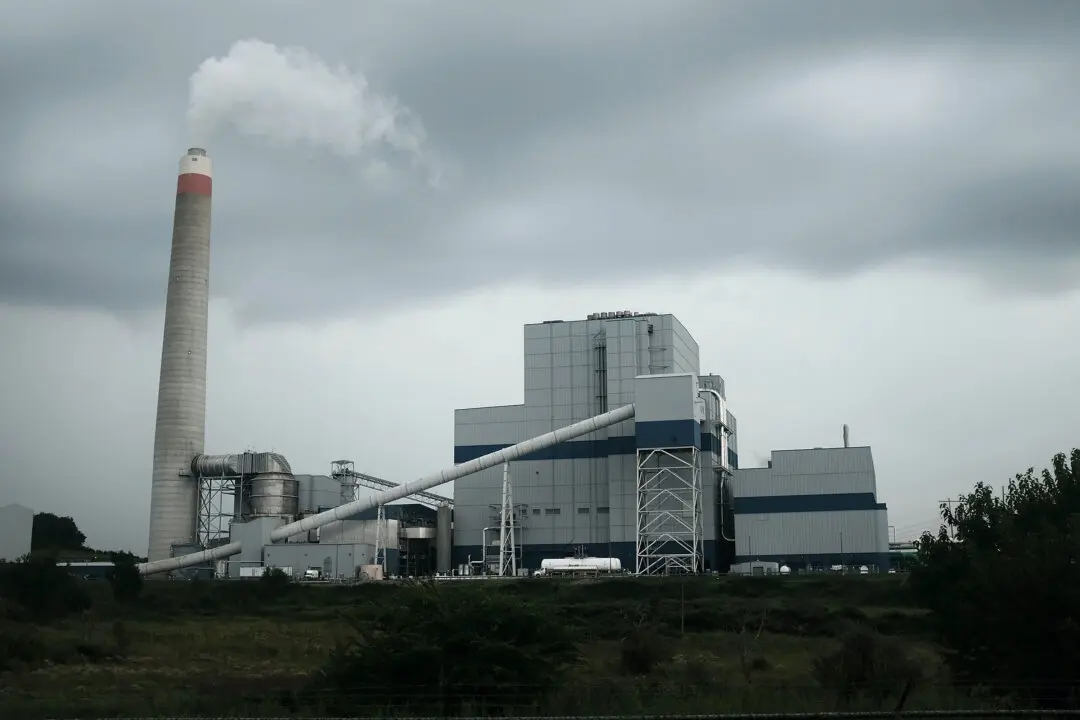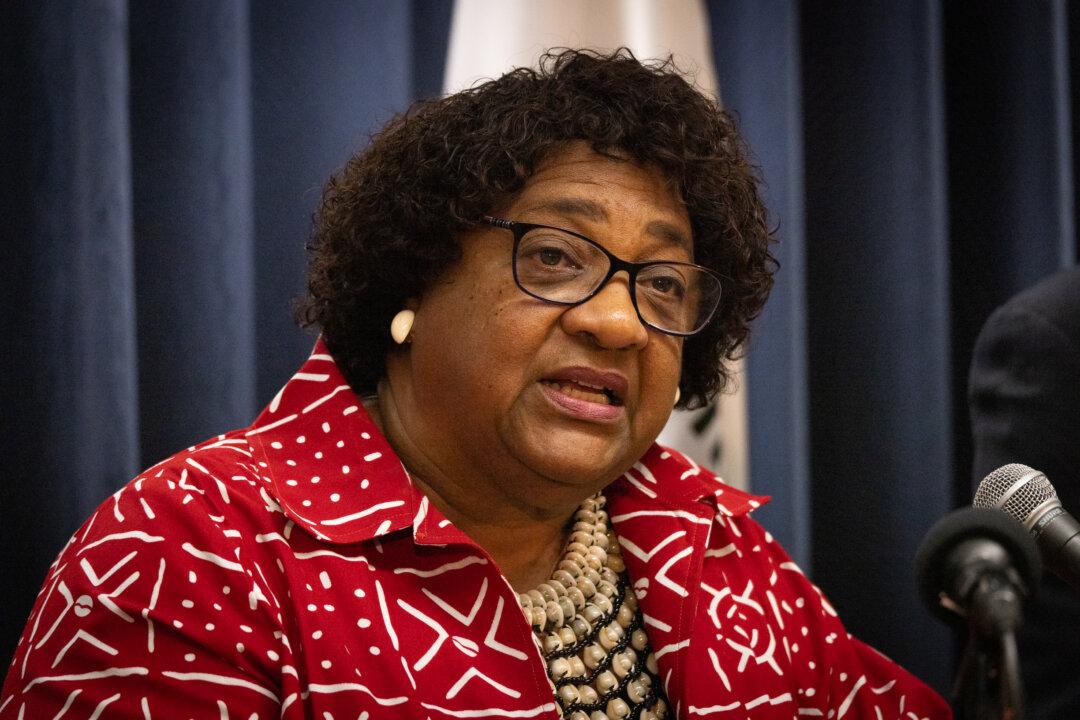If you look at California tax increases by the state legislature, they almost always occur in even years, when there are no elections except for vacant seats. However, the $5 billion yearly gas tax increase was imposed in 2017. And Gov. Arnold Schwarzenegger’s record $13 billion tax increase hit in 2009.
The biggest tax increase idea was $162.8 billion for Assembly Constitutional Amendment 11, the single-payer health scheme, by Assemblyman Ash Kalra (D-San Jose). It has already been defeated.
If you know anything about legislatures, even those in safe seats don’t want to lose their status as part of the majority, which Democrats have long held in both houses of the California Legislature. And if you enjoy a supermajority—two-thirds of both houses—you have the added luxury in California of being able to raise taxes and override gubernatorial vetoes without even consulting the opposition Republicans. Albeit the overrides are rare.
When I was state Sen. John Moorlach’s press secretary, 2017–20, Republicans became a superminority after the 2018 election. The change in atmosphere in the capitol was dramatic. As a mere minority, Republicans got some respect from Democrats. But as a superminority, they basically were ignored.
You could feel it in the atmosphere. One Republican senator, Jeff Stone, quit to become Western Regional Director of the U.S. Department of Labor.
In 2022, Democrats have close to no chance of losing their legislative majorities. But the supermajorities are in danger. Currently, of 80 Assembly seats, 60 are Democrats, or 75 percent; with 19 Republicans and one independent. But if they drop to 52 seats, Democrats lose their supermajority. That would mean losing eight seats.
It’s something certainly possible in this year of discontent with the Democratic Biden administration and $6-plus gas prices blamed on the ruling California Democrats. All 80 Assembly seats are on the November ballot.
In the state Senate, it’s 31 Democratic seats, or 78 percent, to nine Republican. The GOP would have to win five seats. Senate terms are for four years, meaning 20 seats will be on the November ballot. It’s definitely possible, although difficult, for them to gain the five seats they need to end the Democrats’ supermajority.
Another problem for the tax increasers is the state coffers really are overflowing. Every day is St. Patrick’s Day with a leprechaun at the end of the rainbow holding a pot of the taxpayers’ gold.
Despite initial crashes in revenues at the beginning of COVID-19 two years ago, “Tax revenue losses were not as dire as initially expected thanks to factors such as federal aid that helped support businesses and unemployed workers, a quicker stock market recovery and fall in unemployment rates than originally anticipated, the relatively recent authority of states to collect online sales taxes, and job stability in higher-wage professions that were able to pivot to remote work.”
Democrats still tend to introduce tax increases even in election years out of habit, and because those introducing them, such as Kalra, are in safe seats. He won in 2020 with 73 percent. But some of his Democratic colleagues must win in more difficult districts, so the ideas are rejected when they come up for a vote.
Another problem is the district lines have been redrawn after the 2020 U.S. Census. Consultants can predict voter registration and turnout. But only an actual election can reveal what the true numbers are.
Introducing tax increases this year also lets Democrats say to their donors, “Well, we tried to get more money for your programs. But greedy taxpayers won’t cough up more of their money we can spend better than they can. Do you want to elect Republicans? Give us till next year.”
If a recession evaporates those nice, fat surpluses, then 2023 could be the Year of the California Tax Increase.





